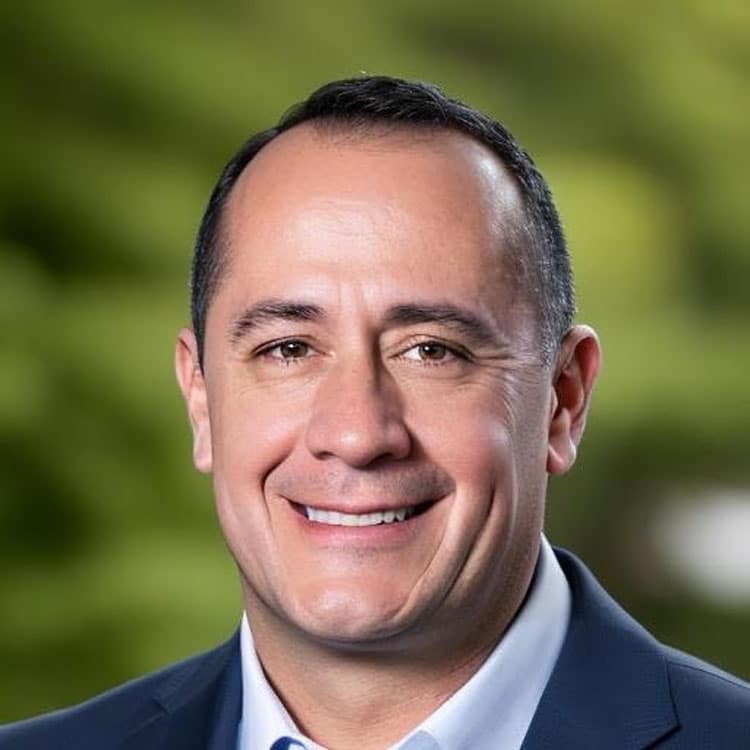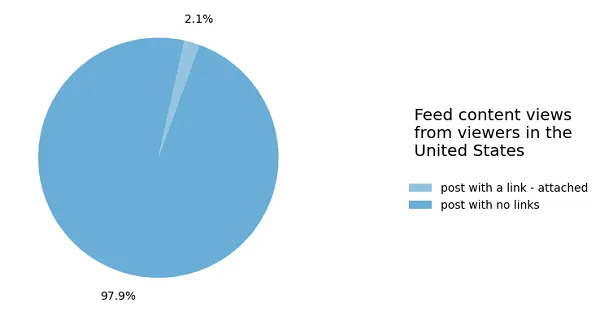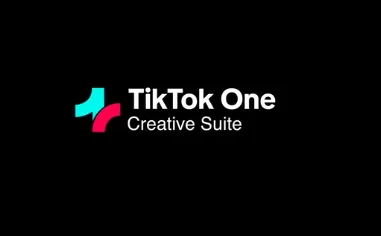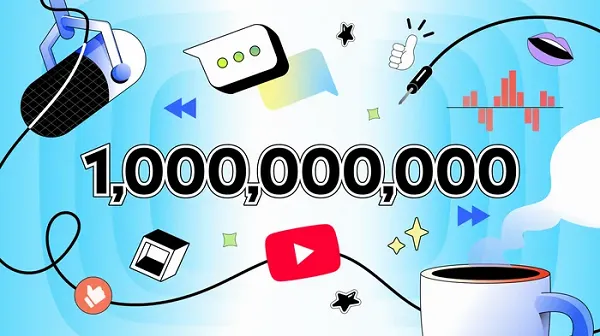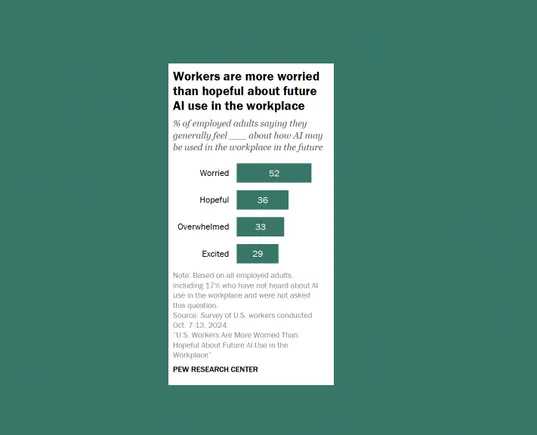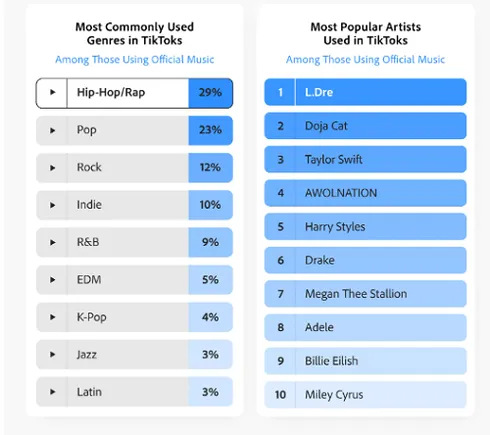The pandemic was a lot of things at once: a health crisis, a workforce reshuffling, a scientific revolution. It was also a radical restructuring in the relationship between people, their personal technology and the companies that serve them through those devices.
No industry was more impacted than banking. When most of the nation’s bank branches closed for operations in March, 2020, the gradual, even glacial, shift from in-person to mobile banking exploded overnight by necessity—and it is never going back.
David Foss, CEO of Jack Henry, was a big part of how all that transformation happened. Since 1976, Jack Henry, an S&P 500 company with annual revenues around $2 billion, has been the backstage technology solutions provider for small to mid-sized banks and credit unions around the country. These days, around 8,000 institutions rely on Foss and his team to keep them on a technology par with behemoths like Bank of America and Wells Fargo. No small task.
The experience of the last three years has also presented Foss a unique laboratory to study, in deep detail, how main-street American consumer behavior has changed. But more, the transformations in the business of banking also provide useful case studies in how to transform operations and business models in many industries.
In a conversation with Chief Executive, edited for length and clarity, Foss, who has run the company since 2014, shares some of what he’s learned that will benefit CEOs in any industry where customers interact with their technology. In other words: Every CEO in every industry.
You’re in an interesting perch in the American economy, in that you’re basically doing the technology for a lot of banks and credit unions all over the country. What have you seen customers doing around tech adaptation in the last couple of years?
What people want, particularly the younger demographic, they want to have a single experience. It doesn’t matter if I’m on my phone, my tablet, or my PC, it should be a consistent experience. So we started down that path about eight years ago to really try to make sure we were positioned to deliver a consistent experience regardless of form factor.
The pandemic accelerated everything. Now we’re doing digital lending where everything is done online, you submit all your forms online to the friendly loan officer, the loan officer and the loan committee can approve everything using automation. Artificial intelligence tools can do much of the approval process.
I can go on and on and on, all the different things that have changed here as far as doing banking remote during the pandemic. As the demographic shift continues to happen, millennials and Z’ers, they don’t want come into your branch, they don’t even want to call you on the phone. They want be able to do everything using technology. And so as a bank, you need to be thinking about, “How are we going to enable everything?”
How are you going to create a digital experience that allows that customer to work with you digitally? When they’re stuck, how are they going to interact with you and you deliver that same great service that they’re used to getting when they’re in your branch, but now you’re going to do it through a digital presentation layer?
What have you learned that might be useful to CEOs across all industries about consumer expectations? What are they expecting when they deal with a company via a digital platform these days?
The fundamental, number one thing is: Don’t make me go through some crazy phone-dialing tree where I’m supposed to self-help. When I’m in a real moment of need, do not make me press 1 for this and press 2 for that. Give me some way to talk to a human.
The second thing is in that experience, you should also give me some way to share with a human what it is that I’m dealing with. So, whether it’s in banking or anything else, let me share with a human what I’m stuck on, or what situation I’m in, or where I need help.
For example, within our digital banking applications—whether I’m on my phone, a tablet or my PC—if you’re in the call center, I can show you what it is that I’m stuck on. I can grab a little widget and I can send you a screenshot of exactly what I’m stuck on through this secure conversation.
And then number three, because now you’re able to conduct business digitally, how do you think about who your customers are? In banking, so many bankers think of their customer base in terms of geography. I serve customers in this city or this county, or this state even. Well, now that there’s no need for anybody to come in and physically be in front of you, what are the opportunities for you to have a national presence using digital technology that will grow your business?
You have this great example of a company that did that, they just happened to be in the Midwest and did a lot of credit for RV sales. It’s a great case study when it comes to thinking differently about the customer and the business model, thanks to digital technology.
As opposed to geography, think about a niche that you’re really good at serving. We’ve got examples now of attorneys and doctors and dentists and all kinds of different things. I have a whole bunch of examples.
But the one example you and I were talking about is a bank in the Midwest. Their CEO realized that they had developed a lot of expertise within their bank in lending to customers that buy huge RVs. So, he said, “Okay, we’re really good at serving these high net-worth customers. We know what they’re looking for, we know what the credit risk is, we understand how to manage customers like this. We could take this expertise that we have and we could take this nationwide.”
He started out just expanding in the states around him. To facilitate that he created a separate online brand. He happened to call it IncredibleBank, and he set that up as a bank that specializes in lending to customers who were buying these great big RVs.
Everything about that web presence was focused on people who loved to RV. Tips and tricks and all that kind of stuff— and the types of accounts that you would want beyond just a loan, the types of accounts you would want if you were a high-net-worth customer that was into RVing.
He started to expand and he went to these RV resellers and said, “We’re experts at this, so if you have a customer who’s interested in borrowing to fund their RV, we’re the people to talk to.” It took off.
Before you know it, he was marketing nationwide to these customers, and he established relationships with all these resellers around the country who sell these bus-size things. He grew the bank tremendously through this one niche that he identified that they knew how to serve.
It’s a perfect example of thinking about the service that I know how to provide better than anybody else. How can I take that bigger than my traditional service area and create a whole new line of business for us to grow?
As labor costs have skyrocketed, automation is becoming such a bigger deal. In white-collar work, banks were among the first digitally-automated companies. We used to all go in and see tellers, then we had ATMs. Give the rest of the CEO community out there some tips if you could, in bringing automation in more successfully into the white-collar world.
RPA just kind of gets people’s heads spinning sometimes, so the term I use all the time is workflow: technology that automates workflow. Think about any process that you do repeatedly in your business, whatever that may be. We’ll use the example of onboarding a new employee, right? So, in the HR department there is a process that you go through when you onboard a new employee, and it involves paperwork, this step before this step, before that step.
Those types of things are ripe for automation‚ but think about it as workflow. If you have technology that can take all of the process stuff and automate that process, now as the new employee, you are sent an email, “Hey, you need to click on this and fill out this form,” you fill out the form, that triggers another step in this process automation flow. It doesn’t require a person to do something, it just triggers the next step.
We’ve been in that business for quite some time. And there are lots of companies out there that do that, but it’s an approach that ensures that you never miss a step because technology is controlling it.
So if you think about all the different things that you do in your business, regardless of what the business is, that are done over and over and over and over again, there is probably a workflow solution that can automate that for you and make it a much more efficient process.
How do you use technology internally? Give us a tip from a technology company that really interfaces with the brick-and-mortar world about how to use technology more effectively internally.
We’re a large employer, with employees in every state in the country. We do what we call a continuous listening survey.
What that means is instead of surveying our employees once a year or once a quarter saying, “How are we doing as a company?” we survey every employee on the anniversary date of their hire. What that does for us is we’re getting survey responses every single day of the year. We’re mining that data constantly to see if are there shifts happening among our employee base that we need to be paying attention to that might be problematic for us.
It’s been a great transition for us to be better at running the company and understand more clearly what’s happening among our employees because we’re constantly given a view of employee sentiment. And of course, it’s a very diverse group of responses because your anniversary date has nothing to do with what group you’re in or what role you provide, or anything like that. It’s a totally random thing as far as the survey responses. So, all that data comes in, we’re producing a whole bunch of different dashboarding reports that I can use to make sure we’re running the business effectively.
Those types of things that sometimes are left to the HR department, you know—let HR do the best they can. Well, maybe not. Maybe you can use some different approaches and some different tools that really make it more meaningful information.
Any other final thoughts as we go into the next year?
It’s interesting working with bankers right now because most of them are more optimistic than pessimistic. The reason is interest rates have gone up. If you’re running a bank, that’s good news. And most banks, most financial institutions are not troubled.
The Great Recession, that was caused by the financial markets, so you saw a lot of banks close. It was a really difficult time. But today, banks are really very healthy, so most bankers are relatively optimistic about our ability to get through this and not see any great meltdown as far as the overall economy is concerned.
Clearly a lot of people are struggling individually, people are suffering just because of what’s happening with inflation. But the overall sentiment in our space anyway is that we can overcome this, and it’ll take a little time, but, we’re going to come out the other end probably in 2023, and we’ll be okay. So that’s kind of the way I’m living my life every day now. Yes, it’s challenging, but it’s nowhere near what we saw back in the Great Recession, and I think we’re going to be okay within the next 12 months or so.


















